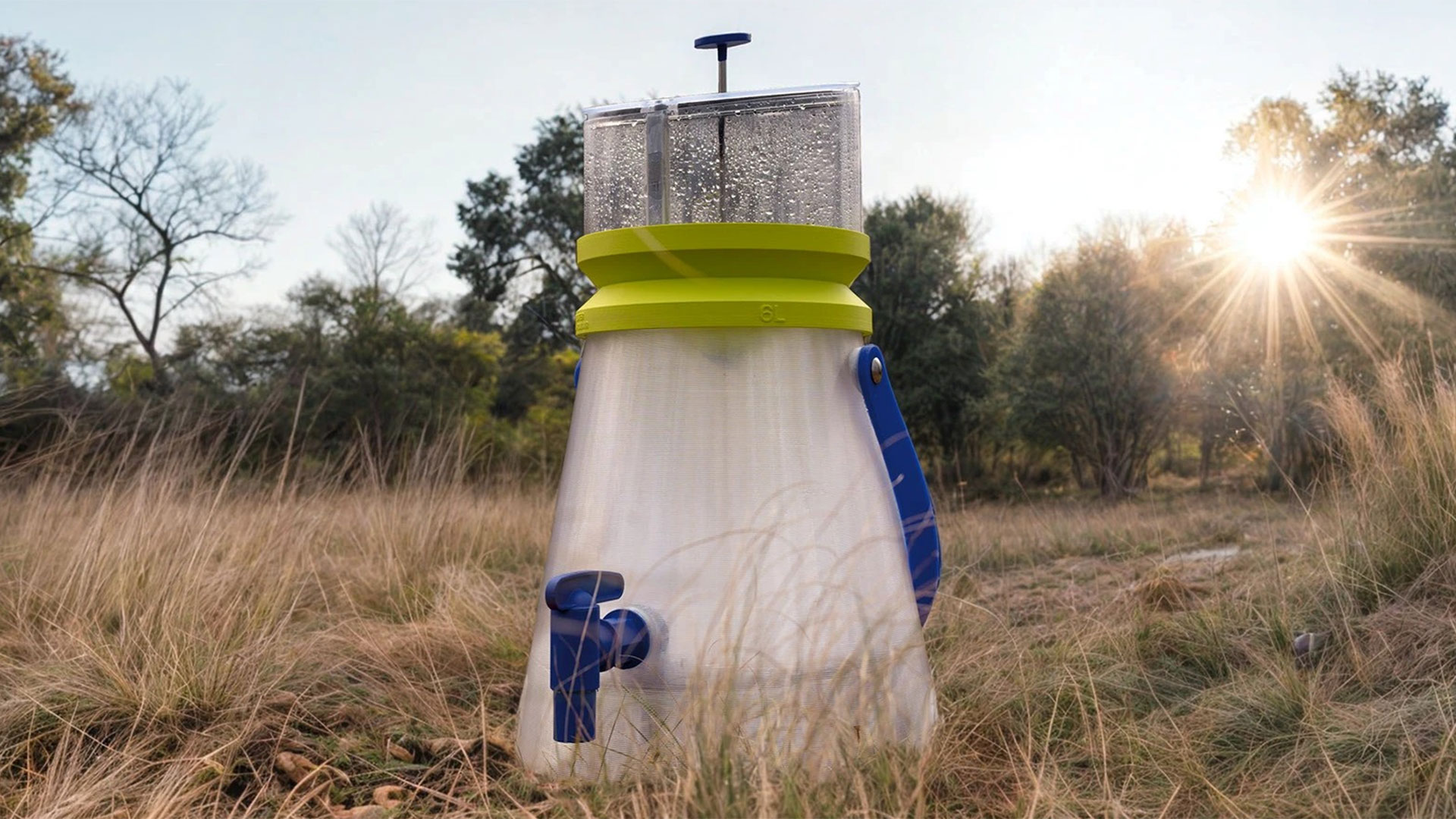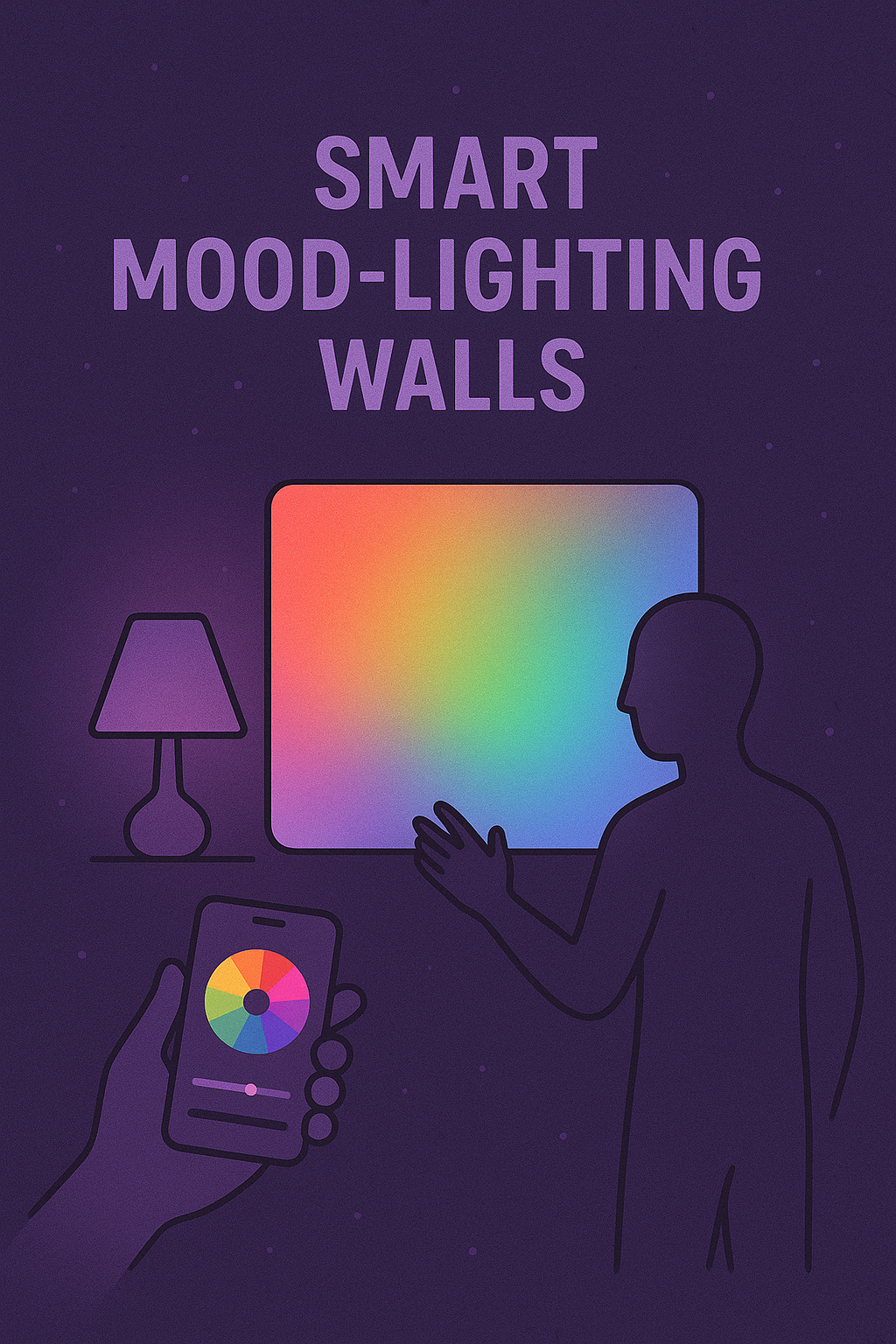AI-Powered Elder Care Robot
An AI-Powered Elder Care Robot is an intelligent, interactive, and compassionate robotic assistant designed to support the physical, emotional, and social needs of older adults.
It combines robotics, artificial intelligence, affective computing, and healthcare integration to create a reliable companion that enhances independence, safety, and emotional well-being for seniors.
Rather than replacing human caregivers, its goal is augmentation — providing 24/7 monitoring, companionship, and assistance while easing the burden on families and healthcare systems.
Human-Centered Design Philosophy
At the core of elder care robotics is empathetic technology — robots that understand, adapt, and communicate with humans naturally.
Key design principles include:
- Dignity Preservation: Respect autonomy and privacy; avoid infantilization.
- Emotional Sensitivity: Recognize mood, stress, and loneliness.
- Accessibility: Simple interfaces, speech recognition tuned to aging voices, and multimodal interaction.
- Trust and Familiarity: Warm, predictable behavior; non-threatening design; polite social cues.
The robot isn’t just a machine — it becomes a trustworthy daily companion that can motivate, comfort, and protect.
System Overview
The robot integrates AI cognition, multimodal perception, social interaction, and medical integration within a single hardware–software ecosystem.
Perception Layer (Sensing & Awareness)
The robot’s perception system gathers real-time environmental and physiological data through sensors:
Visual Sensors:
- RGB-D cameras for object recognition and spatial awareness
- Facial recognition for identifying users and reading emotions
- Fall detection via human pose estimation
Auditory Sensors:
- Microphone arrays for speech recognition, sound localization, and emotion detection from voice tone
Touch and Force Sensors:
- Detect gentle physical contact or sudden force (falls, accidents)
- Enable safe interaction (e.g., holding a hand, carrying items)
Environmental Sensors:
- Temperature, air quality, and light sensors for comfort and safety
Health Sensors (Direct or Wearable Integration):
- Heart rate, blood pressure, oxygen level, motion activity, sleep quality
- Connects to wearable devices or smart home systems (IoT integration)
Cognitive AI Layer (The Robot’s Mind)
This layer drives decision-making, learning, and emotional understanding.
1. Multimodal Perception Fusion
Combines data from voice, face, and sensor inputs to interpret user context and state — for example, detecting that the user sounds tired, has a slow gait, and seems sad.
2. Emotion & Behavior Recognition
Using affective computing models (CNN + RNN hybrids or transformer-based emotion models), the robot identifies emotional states such as happiness, anger, confusion, or loneliness.
3. Cognitive Reasoning Engine
A symbolic–neural hybrid AI model enables context reasoning and decision-making, for example:
“The user seems tired and it’s late evening → suggest bedtime routine or relaxation music.”
4. Conversational Intelligence
Integrates a large language model (LLM) optimized for elderly-friendly dialogue — slower pacing, simplified vocabulary, and gentle tone.
Includes personality memory for consistent, relatable conversations.
5. Adaptive Learning System
Learns from the user’s habits — preferred foods, wake-up times, medication routines — and adjusts behavior accordingly.
Interaction Layer (Companionship & Communication)
This layer defines how the robot interacts socially and emotionally.
Speech Interaction:
- Natural, empathetic voice synthesis
- Context-aware dialogue
- Adjustable tone (cheerful, soothing, formal)
Facial Expressions (if humanoid):
- Expressive digital eyes or animated face panels to convey warmth
- Micro-expressions to match emotional context
Gestures & Body Language:
- Nods, waves, posture mirroring to enhance social presence
Touch Interaction:
- Responds to hand-holding or gentle pats with verbal acknowledgment
- Haptic feedback for emotional connection
Emotional Response Model:
- Integrates Plutchik’s Wheel of Emotions or OCC model to modulate the robot’s affective behavior — showing empathy, concern, encouragement, or humor depending on the situation.
Healthcare & Safety Layer
Medication Management:
- Reminds users to take medications
- Verifies compliance using computer vision (detects if pill was taken)
Emergency Detection:
- Fall and inactivity detection triggers alerts to caregivers or emergency services
- Voice-activated SOS system
Health Monitoring:
- Tracks vital signs (directly or through connected devices)
- Logs data to healthcare cloud systems for clinicians or family review
Mobility Assistance:
- Provides physical support through guiding arms or handles
- Detects obstacles and prevents falls
Smart Home Integration:
- Controls lighting, heating, or appliances for safety
- Detects hazards like smoke or gas leaks
Hardware Architecture
| Component | Function |
|---|---|
| AI Processor Unit | Edge computing with GPU/TPU for real-time AI inference |
| Sensors | Camera, LiDAR, microphones, touch pads, IMU, temperature |
| Actuators | Motors for limbs, head, wheels, facial display |
| Connectivity | Wi-Fi, Bluetooth, 5G, Zigbee for IoT integration |
| Power System | Rechargeable battery with auto-docking charger |
| Display / Face Interface | Screen with animated expressions and eyes |
| Safety Layer | Soft materials, torque limiters, collision avoidance |
| Assistive Tools | Grippers, tray holders, or robotic arms for small tasks |
Key Capabilities
- Conversational Companion: Daily chat, storytelling, memory recall, and jokes.
- Health Coach: Promotes nutrition, hydration, and exercise routines.
- Cognitive Trainer: Brain games to prevent cognitive decline (memory puzzles, quizzes).
- Emotional Support: Detects loneliness, offers encouragement or music therapy.
- Daily Assistant: Manages appointments, reminders, smart home tasks.
- Safety Guardian: Detects emergencies and alerts family or medical staff.
- Remote Monitoring: Family can check real-time wellbeing via secure app dashboard.
AI and Data Architecture
The AI system integrates cloud intelligence (for updates and knowledge) with edge intelligence (for real-time response and privacy).
Edge AI (Onboard):
Handles low-latency tasks — facial recognition, emotion detection, fall detection, and basic dialogue.
Cloud AI:
Provides updates, deeper analysis, long-term behavior learning, and telehealth connections.
Data Flow:
- Sensors capture multimodal data
- Edge AI interprets and acts locally
- Cloud syncs securely (encrypted and anonymized)
- Insights shared with caregivers/clinicians
Privacy protocols ensure personal data never leaves the device without explicit consent.
Technologies & Frameworks
| Function | Technologies |
|---|---|
| Computer Vision | OpenCV, TensorFlow, YOLOv8, MediaPipe |
| Speech Recognition | Whisper, DeepSpeech, Alexa SDK |
| NLP & Dialogue | GPT-based models, Rasa, Hugging Face Transformers |
| Emotion Recognition | Affectiva SDK, OpenFace, EmoNet |
| Robotics Framework | ROS 2, NVIDIA Isaac, Intel RealSense |
| Health Integration | HL7/FHIR APIs, IoT wearables |
| Data Security | AES-256 encryption, blockchain audit trails |
Example Scenario
Morning Routine
Robot detects the user waking up → greets warmly → opens curtains → checks overnight vitals → reminds about morning medication → starts light stretching video.
Afternoon Social Engagement
Robot detects low mood and suggests a video call with grandchildren or plays nostalgic music.
Night Safety
Uses infrared sensors to monitor movement → detects possible fall → alerts caregiver and communicates via speaker, “Are you okay? Help is on the way.”
Extended Features
- Personal Memory Bank: Stores important moments and preferences, helping seniors recall memories.
- Cultural Customization: Language, gestures, and personality tailored to local culture.
- AI Mood Mirror: Visualizes the user’s emotional state with color lights or sound feedback to increase self-awareness.
- AR Companion Mode: Projects holographic interface via AR glasses for lightweight interaction.
- Integration with Digital Identity Wallet: Ensures secure access to medical and insurance data.
Ethical, Emotional & Legal Considerations
- Consent and Transparency: The robot must clearly communicate what data it collects.
- Autonomy Preservation: Should assist, not control or infantilize.
- Bias Reduction: Emotion and speech models trained on diverse senior populations.
- Mental Health Impact: Robots should reduce loneliness, not replace human contact.
- Liability and Compliance: Must meet healthcare device standards (FDA, CE, ISO 13482).
Societal Impact
The AI elder care robot addresses pressing global challenges:
- Aging populations (especially in Japan, EU, U.S.)
- Shortage of human caregivers
- Rising healthcare costs
- Isolation and depression among the elderly
By combining compassion with technology, it can help seniors live independently longer, stay connected, and feel cared for — not by replacing family, but by strengthening the bridge between human and digital care.
Future Vision
The next generation of elder care robots will be:
- Emotionally aware companions powered by advanced empathy models.
- Physically assistive — capable of lifting, walking support, or mobility aid.
- Bio-integrated — connecting with smart textiles and wearables for real-time health feedback.
- Networked caregivers — part of a global elder wellness ecosystem that connects families, clinicians, and AI companions seamlessly.




Post Comment